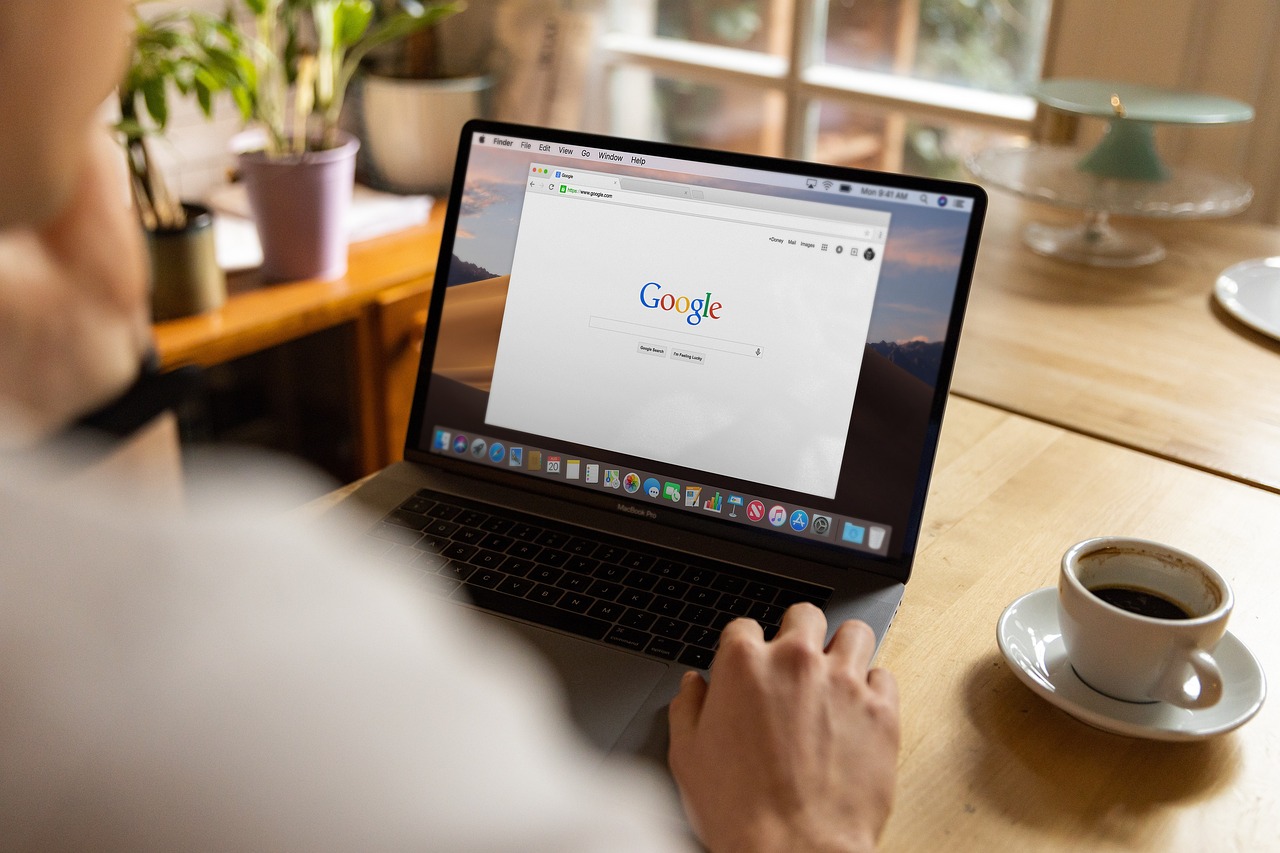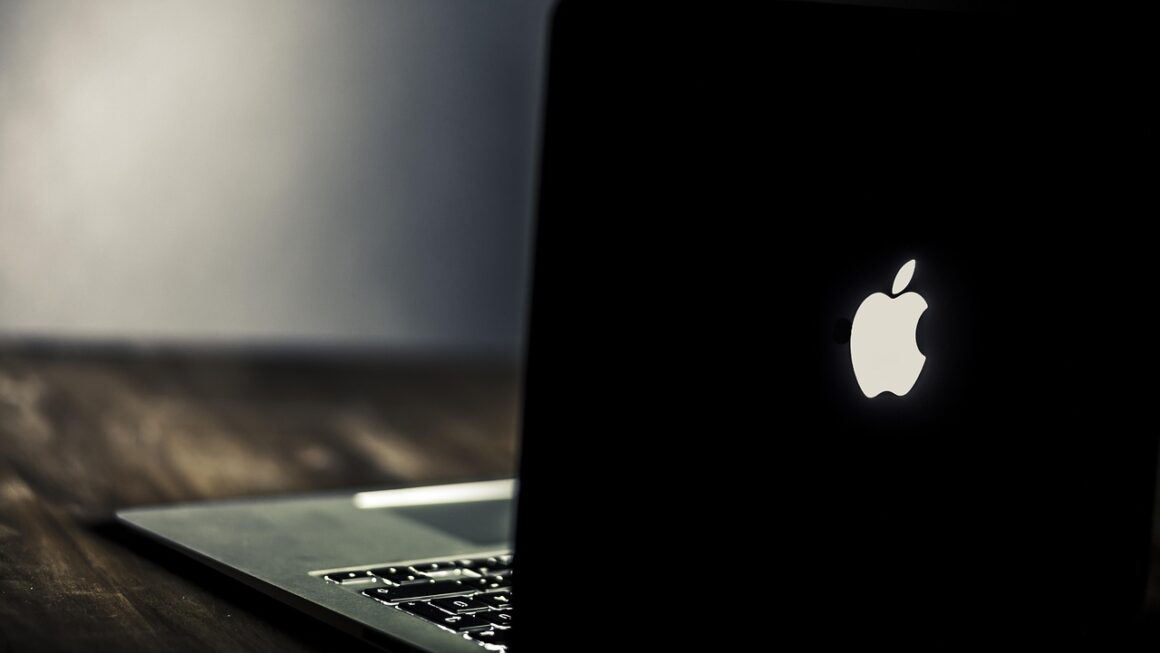Imagine designing a t-shirt with a photorealistic image of a cyberpunk cityscape, generating a vibrant abstract pattern for a phone case, or creating unique artwork for a canvas print – all within minutes, without advanced design skills. AI print on demand is rapidly transforming the e-commerce landscape, offering unprecedented creative possibilities and streamlined workflows for entrepreneurs and artists alike. This innovative approach leverages the power of artificial intelligence to generate designs and seamlessly integrate them with print-on-demand services, opening doors to personalized products and automated business processes.
What is AI Print on Demand?
Understanding the Basics
AI print on demand (AI POD) combines the capabilities of artificial intelligence with the established print-on-demand business model. In essence, AI is used to create designs, artwork, or patterns that are then printed on various products, such as apparel, mugs, phone cases, and home decor, only when an order is placed. This eliminates the need for upfront inventory and minimizes risk for the seller.
How AI Enhances the Print on Demand Process
AI enhances the print on demand process in several key ways:
- Design Generation: AI algorithms, particularly generative AI models, can create original designs based on text prompts, style preferences, or image inputs. This allows users with limited design skills to produce compelling visuals.
- Automation: AI can automate tasks such as image resizing, background removal, and mock-up creation, saving time and effort.
- Personalization: AI can personalize designs based on customer data, preferences, or real-time trends, leading to more engaging and relevant products.
- Product Optimization: AI algorithms can analyze sales data and customer feedback to optimize product selection, pricing, and marketing strategies.
The Current State of AI in POD
The AI POD market is still in its early stages, but it is rapidly evolving. Several AI-powered design tools and platforms are emerging, offering users a range of features and capabilities. According to recent industry reports, the global AI market is projected to reach trillions of dollars in the next few years, with significant implications for the print-on-demand sector.
Benefits of Using AI in Your POD Business
Unleashing Creativity and Efficiency
Using AI in your print-on-demand business offers a plethora of benefits, including:
- Expanded Design Capabilities: Access a wider range of design styles and concepts, even without professional design skills.
- Increased Efficiency: Automate repetitive tasks and streamline your workflow, freeing up time for marketing and customer engagement.
- Reduced Design Costs: Lower your reliance on expensive graphic designers by generating designs in-house.
- Faster Time-to-Market: Create and launch new products quickly, capitalizing on trending themes and customer demands.
- Scalability: Easily scale your business by generating a large volume of designs and products without significant manual effort.
Real-World Examples
Imagine you want to create a t-shirt design with a watercolor painting of a specific dog breed. Using AI, you can simply input a prompt like “Watercolor painting of a Golden Retriever” and the AI will generate several design options in seconds. Similarly, you could use AI to create a series of phone case designs based on different color palettes or geometric patterns.
Actionable Takeaway
Explore different AI design tools and experiment with various prompts and settings to discover the design capabilities that best suit your needs.
Key AI Tools and Platforms for Print on Demand
Exploring the Options
Several AI-powered tools and platforms can help you create and sell print-on-demand products. Here are a few popular options:
- Midjourney: A powerful AI image generator known for its artistic and photorealistic outputs. Excellent for creating unique artwork for canvas prints, apparel, and more. Example prompt: “A surreal landscape with floating islands, vibrant colors, digital art.”
- DALL-E 2 (OpenAI): Another leading AI image generator that allows you to create realistic images and art from text descriptions. Can be used to generate designs for mugs, phone cases, and other products. Example prompt: “A cat wearing a crown, sitting on a throne, cartoon style.”
- Stable Diffusion: An open-source AI image generator that offers greater flexibility and customization options. Ideal for creating designs that require specific styles or artistic effects. Example prompt: “Cyberpunk cityscape at night, neon lights, high detail, futuristic.”
- Canva: While not solely an AI tool, Canva incorporates AI-powered features like Magic Write and Text to Image to help you create designs more efficiently. A great option for users who want a user-friendly interface and a wide range of design templates.
Choosing the Right Tool
When choosing an AI tool for print on demand, consider the following factors:
- Image Quality: Ensure that the AI tool generates high-resolution images that are suitable for printing.
- Ease of Use: Select a tool that is intuitive and easy to use, even if you have limited design experience.
- Customization Options: Look for tools that offer a range of customization options, allowing you to fine-tune your designs.
- Pricing: Compare the pricing plans of different tools and choose one that fits your budget.
Practical Tip
Take advantage of free trials or free tiers offered by AI tools to test their capabilities before committing to a paid subscription.
Integrating AI with Your POD Workflow
Streamlining Your Process
Integrating AI into your print-on-demand workflow requires careful planning and execution. Here are some steps to consider:
Example Scenario: T-Shirt Design Process
Let’s say you want to design a t-shirt with a custom graphic. You can use an AI image generator like Midjourney to create several design options based on a text prompt. Once you have a design that you like, you can use an image editing tool to optimize it for printing. Finally, you can upload the design to your print-on-demand platform and create a product listing.
Actionable Strategy
Create a detailed workflow diagram that outlines each step in your AI-powered print-on-demand process. This will help you identify potential bottlenecks and optimize your workflow for maximum efficiency.
The Future of AI in Print on Demand
Emerging Trends and Opportunities
The future of AI in print on demand is bright, with several emerging trends and opportunities on the horizon:
- Advanced AI Algorithms: Expect to see more sophisticated AI algorithms that can generate even more realistic and creative designs.
- Personalized Product Recommendations: AI will be used to provide personalized product recommendations to customers based on their browsing history, purchase behavior, and demographic data.
- Automated Marketing Campaigns: AI will be used to automate marketing campaigns, including email marketing, social media marketing, and paid advertising.
- Integration with Metaverse: AI will play a crucial role in creating virtual products and experiences for the metaverse, opening up new opportunities for print-on-demand businesses.
Potential Challenges and Considerations
While AI offers numerous benefits, it’s important to be aware of the potential challenges and considerations:
- Copyright Issues: Ensure that you have the necessary rights to use the AI-generated designs commercially.
- Ethical Concerns: Consider the ethical implications of using AI-generated designs, particularly in relation to originality and artistic integrity.
- Over-Reliance on AI: Avoid becoming overly reliant on AI and maintain a human element in your design and business processes.
Preparing for the Future
To prepare for the future of AI in print on demand, consider the following steps:
- Stay Informed: Keep up-to-date on the latest AI technologies and trends.
- Experiment and Learn: Experiment with different AI tools and techniques to discover what works best for your business.
- Invest in Training: Provide training to your team on how to use AI tools effectively.
- Embrace Innovation: Be open to new ideas and approaches, and be willing to adapt your business model as the technology evolves.
Conclusion
AI print on demand is not just a trend; it’s a paradigm shift that’s reshaping the e-commerce landscape. By leveraging the power of artificial intelligence, entrepreneurs and artists can unlock unprecedented creative possibilities, streamline their workflows, and scale their businesses with ease. While challenges and ethical considerations exist, the potential rewards are immense. By embracing innovation and staying informed about the latest advancements in AI technology, you can position yourself for success in the rapidly evolving world of print on demand. So, start exploring the possibilities today and discover how AI can transform your print-on-demand business.




